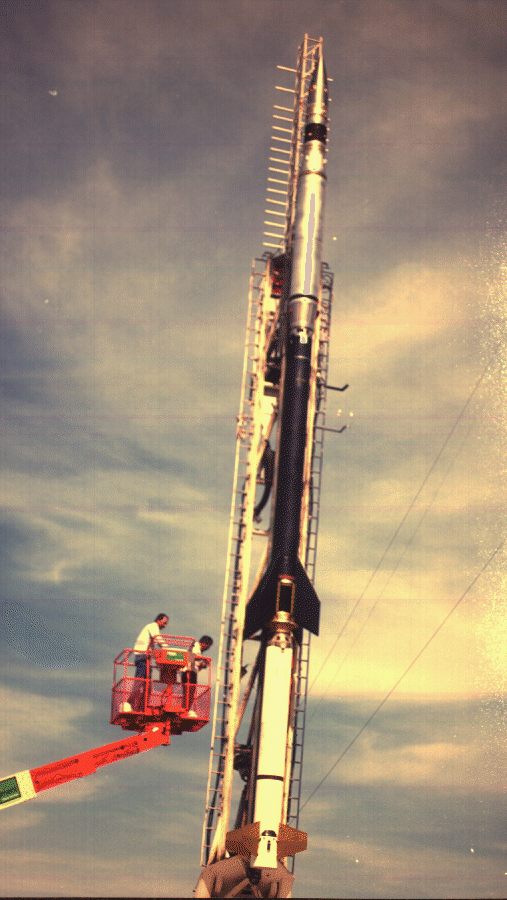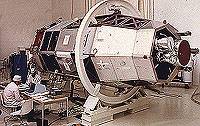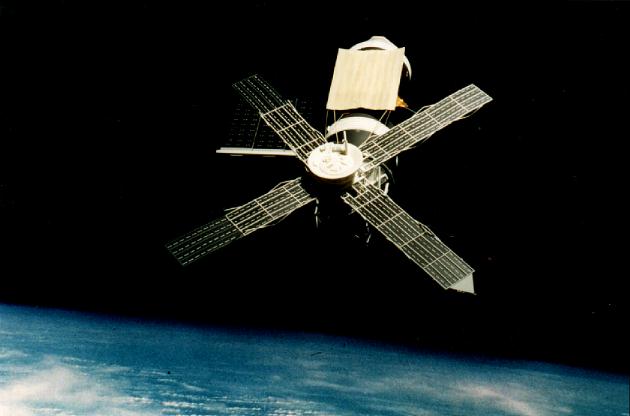| JULY 04, 2025APRIL 06, 2007 | |
 |
 |
| HEA: Heritage Missions | ||
|
 Suborbital Missions
Suborbital Missions
The X-ray astronomy team at American Science and Engineering, which later became the nucleus of the CfA's HEA group, discovered the first extrasolar X-ray source in 1962 using a sounding rocket. During the 1960s and 1970s, suborbital sounding rockets were the pioneering instruments used to study the X-ray sky until they were superseded by longer-lived orbiting observatories.  Uhuru
Uhuru
Uhuru was the first successful orbital X-ray astronomy mission. Small Astronomical Satellite A became Explorer 42 after launch from the San Marco platform off the Kenyan coast on 1970 Dec 12, and was also given the Swahili name Uhuru in commemoration of the launch site. Uhuru carried out a 2-10 keV sky survey, generating successively improved X-ray source catalogs culminating in the 4U (4th Uhuru) catalog.  Einstein
Einstein
The Einstein Observatory was the first orbiting X-ray observatory to use an imaging telescope for making pictures of extrasolar X-ray sources.
| ||

|
|
